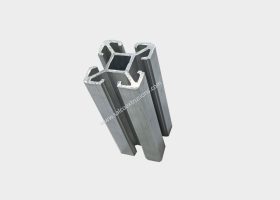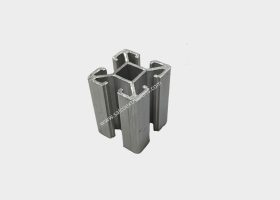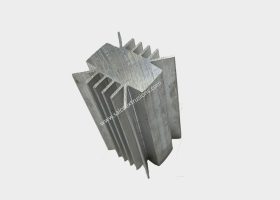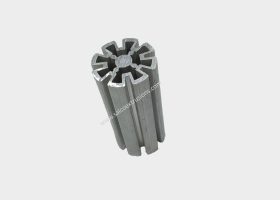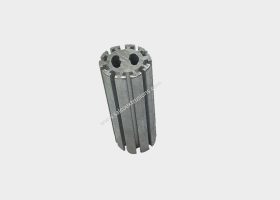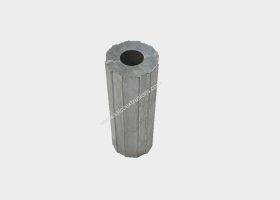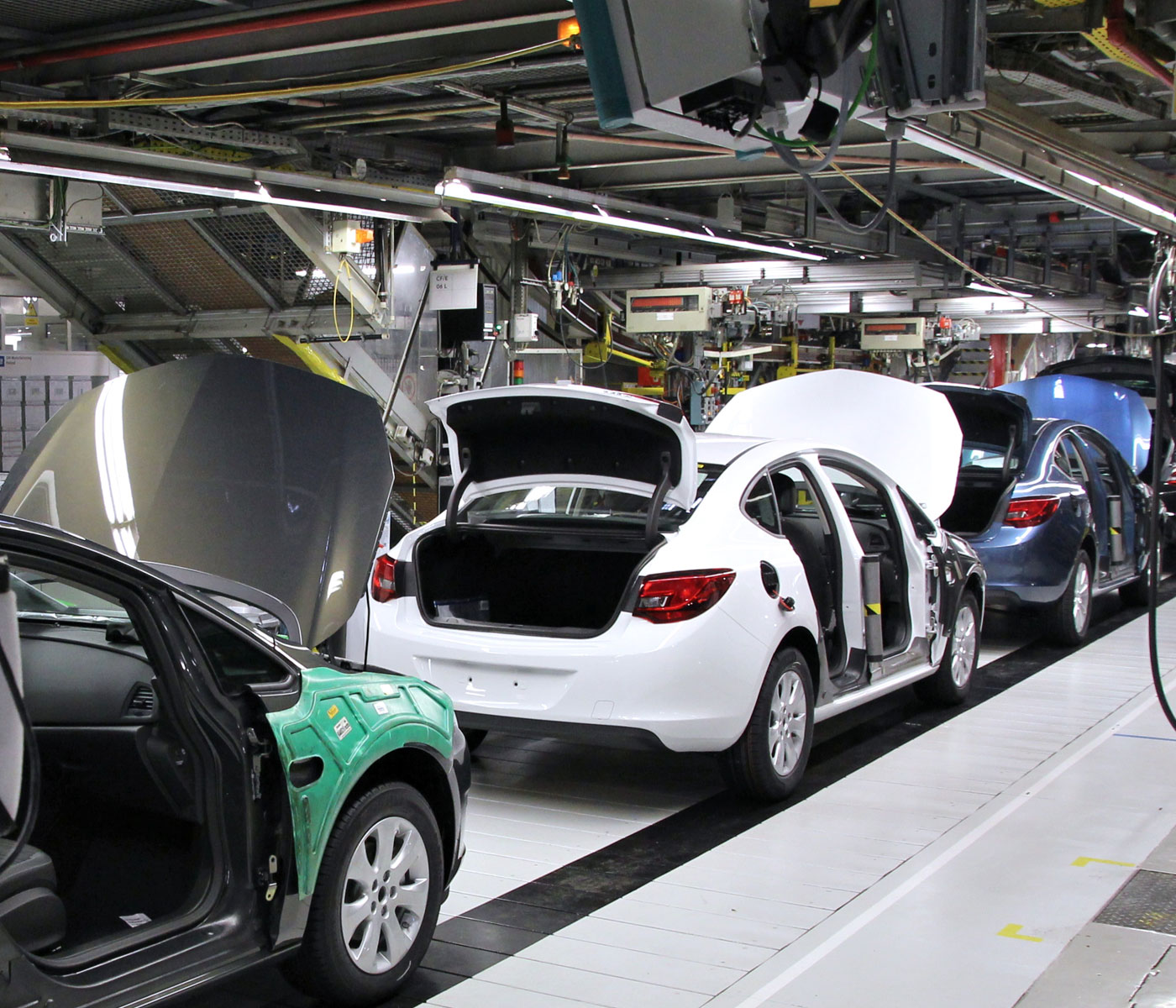
Aluminum Extrusions for Automobile
Aluminum Extrusions for Automobile | Shaping the Future of Lightweight Mobility.
As the global automotive industry evolves to meet the demands of higher efficiency, lower emissions, and improved performance, the materials used in vehicle design are under increasing scrutiny. Among the most promising materials revolutionizing automotive engineering is aluminum. Specifically, aluminum extrusions for automobile applications have become central to the development of lightweight, durable, and energy-efficient vehicles.
From structural frames to crash management systems and heat exchangers, aluminum extrusions are now a fundamental component in modern vehicle design. They offer an excellent combination of strength, weight reduction, corrosion resistance, and design flexibility—qualities that make them ideal for the next generation of automobiles, including electric vehicles (EVs).
What Are Aluminum Extrusions for Automobile?
Aluminum extrusion is a manufacturing process where heated aluminum alloy is forced through a die to create parts with a consistent cross-sectional shape. This process allows for the creation of complex, precise profiles that can be used in a wide range of applications. These extrusions can then be cut, machined, and assembled into components that meet specific structural or aesthetic requirements.
In automotive manufacturing, aluminum extrusions are used in various parts of the vehicle—from bumper beams and roof rails to battery enclosures and door frames.
Why Use Aluminum Extrusions for Automobiles?
1. Weight Reduction
One of the most significant advantages of using aluminum extrusions for automobile applications is weight reduction. Aluminum is about one-third the weight of steel, which means replacing steel components with aluminum can lead to substantial weight savings. This directly translates to better fuel economy in combustion engine vehicles and extended range in electric vehicles.
2. Improved Fuel Efficiency and Lower Emissions
Lighter vehicles require less energy to move. For internal combustion engine vehicles, this means reduced fuel consumption and lower CO₂ emissions. In electric vehicles, the lighter body allows for smaller battery packs or longer driving ranges. Automakers are increasingly turning to aluminum extrusions as part of their sustainability and fuel economy goals.
3. High Strength and Crash Performance
Despite being lightweight, aluminum extrusions can be engineered to deliver exceptional strength and stiffness. They are especially effective in energy absorption during crashes. Components like crash boxes, bumper systems, and side impact beams made from aluminum extrusions are designed to deform in a controlled manner, protecting passengers during collisions.
4. Corrosion Resistance
Aluminum naturally forms a protective oxide layer that resists corrosion, making it ideal for automotive use in all climates. This is particularly important in parts of the vehicle exposed to moisture, salt, or road debris. It ensures longer life and less maintenance compared to traditional materials.
5. Design Flexibility
The extrusion process allows for a high degree of design customization. Engineers can create hollow or solid profiles with complex geometries, enabling the integration of multiple functions into a single component. This helps in reducing part counts and simplifying assembly processes.
6. Recyclability and Sustainability
Aluminum is 100% recyclable without losing its properties. In fact, recycling aluminum uses only about 5% of the energy required to produce primary aluminum. For automakers looking to reduce their carbon footprint, this makes aluminum extrusions an eco-friendly option.
Key Aluminum Extrusions for Automobile
1. Chassis and Frame Components
Aluminum extrusions are used to manufacture structural parts such as longitudinal members, cross beams, and subframes. These components provide rigidity to the vehicle structure while reducing overall weight.
2. Crash Management Systems
Front and rear crash boxes, bumper beams, and door intrusion beams are often made from aluminum extrusions. These parts are designed to absorb energy during an impact and reduce the force transferred to the passenger compartment.
3. Electric Vehicle Battery Enclosures
For electric vehicles, aluminum extrusions play a crucial role in creating strong, lightweight, and thermally conductive battery enclosures. These housings protect the battery modules and help in thermal management.
4. Roof Rails and Side Rails
Aluminum extrusions provide both structural support and aesthetic appeal in roof rails and side rails. These parts are visible from the outside and often act as styling elements as well.
5. Suspension and Steering Components
Certain suspension arms, control arms, and steering components are now being made from aluminum extrusions to combine strength with weight savings, improving overall vehicle handling and ride comfort.
6. HVAC and Thermal Management Systems
Extruded aluminum tubes and channels are used in heat exchangers, condensers, and radiators, offering excellent thermal conductivity and corrosion resistance.
The Role of Aluminum Extrusions for Automobile
in Future Mobility
With the automotive industry moving toward electric, autonomous, and shared mobility, the importance of lightweight materials will only increase. Aluminum extrusions for automobile applications will play a key role in helping manufacturers meet stringent regulatory standards for safety, fuel economy, and emissions.
As EVs demand more efficient packaging, better thermal management, and lightweight construction, aluminum’s role becomes even more critical. Additionally, its recyclability supports the circular economy model that the future of mobility depends on.
Conclusion
The growing use of aluminum extrusions for automobile manufacturing reflects a shift toward smarter, more sustainable vehicle design. From structural components to battery systems, aluminum extrusions offer the strength, flexibility, and performance needed to meet the demands of modern mobility. As automotive innovation continues to accelerate, aluminum will remain at the forefront—helping shape vehicles that are not only safer and more efficient but also better for the environment.
